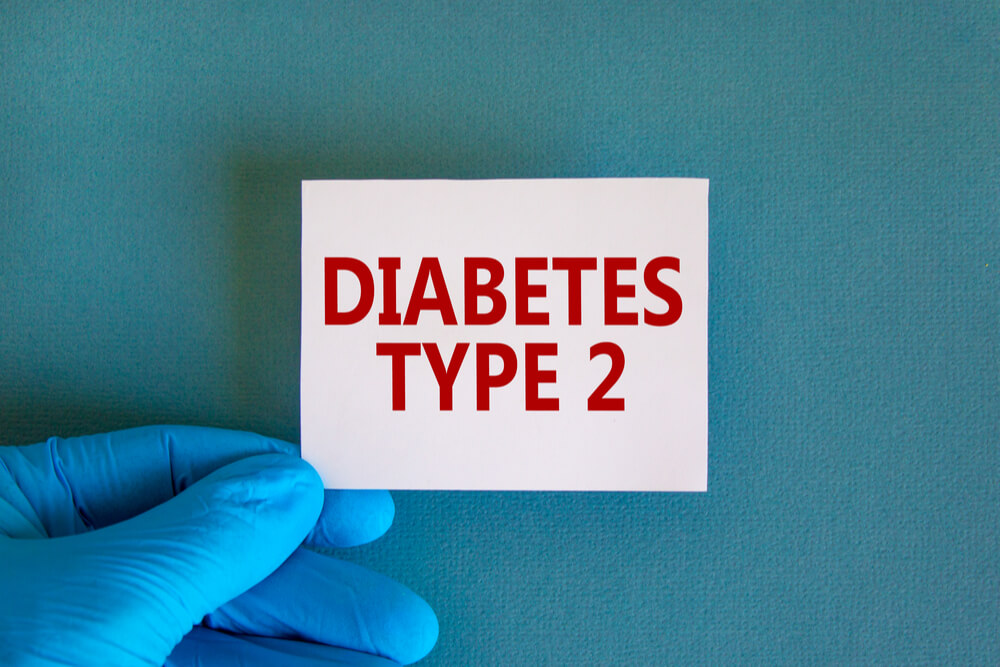Managing Type 2 diabetes is a lot of work and requires day-to-day self-care. It is not a disease to ignore and needs to be monitored closely.
According to the latest data source from the Centers for Disease Control and Prevention (CDC), the 10 Leading Causes of Death by Age Group, United States – 2015, Diabetes Mellitus (Type 2) was listed as the sixth leading cause of death for people age 45-54 and 65+. Type 2 diabetes occurs when the body does not make enough insulin or cannot use the insulin it makes effectively.
Of those afflicted with Type 2 diabetes, the most difficult part of managing the disease is controlling one’s blood sugar. If blood sugar isn’t kept within a safe range (A1C < 7%), it can increase one’s risk of heart disease and stroke, and lead to other complications affecting the eyes, feet, skin, nerves (neuropathy), kidneys (nephropathy), and teeth (periodontal disease).
In an effort to assist patients in managing their diabetes better, The National Diabetes Education Program recommends that patients follow these target ranges: 1) A1C Blood Glucose – Less than 7% (check twice a year); 2) Blood Pressure – Less than 130/80 mmHg (check every doctor’s visit); and 3) Cholesterol (LDL) – Less than 100 mg/dl (check once a year). As long as patients can show that their A1C tests (measuring blood glucose over 3 months), their blood pressure, and their cholesterol levels are within these target ranges and that they have stopped smoking (the ABCs of Diabetes), they can reduce their risk of developing complications associated with diabetes.
There are also many patient education HealthSheets available, like Healthy Meals for Diabetes, to help patients set healthy eating goals, such as 1) keeping a food diary for a week or two writing down all the foods you eat and when you eat them; 2) asking to meet a dietician and then bringing the list with you; 3) working with the dietician to design a meal plan that you can live with; 4) learning about serving sizes to help you decide how much of a food to eat at a meal; 5) learning about portion sizes (a portion is the amount of each type of food on your plate); 6) learning how carbohydrates affect blood glucose; 7) learning about basic carb counting; 8) planning your meals; 9) putting your meal plan into action; and 10) using a chart to write down any roadblocks and filling in ideas that can help you stay on track.


